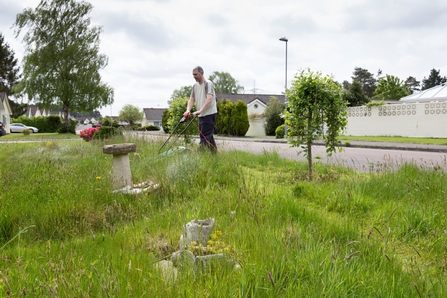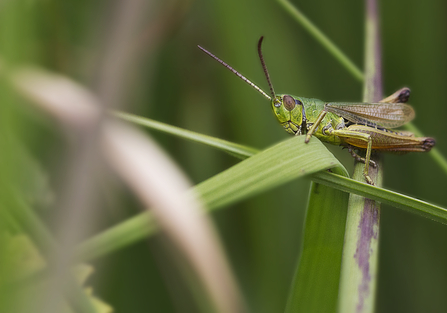BBOWT and the Royal Horticultural Society (RHS) are calling on gardeners to ‘Bring Your Lawn to Life’ this summer.
The charities are encouraging gardeners to experiment with a new-look lawn in 2023 for the benefit of wildlife and the wider environment.
Raising the blades on the mower, cutting the grass less and embracing daisies, dandelions and clover are among the simple ways to make life easier and help nature at the same time. People are even encouraged to grow container lawns if they don't have much space.


